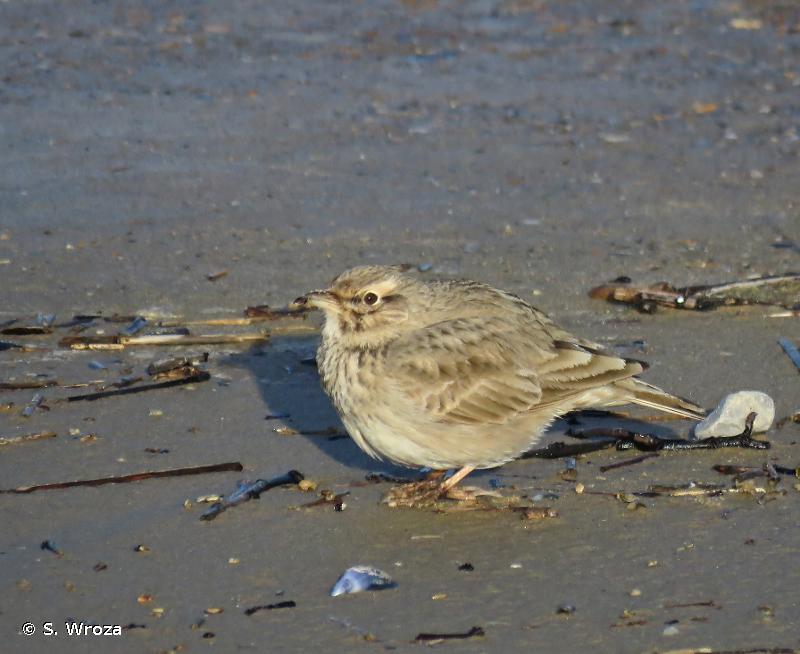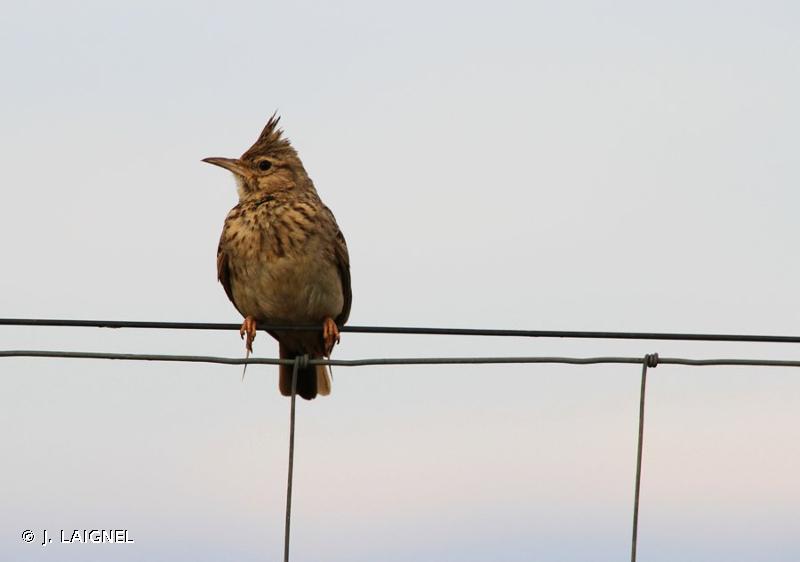
cd_nom

| Author : S. Wroza |
 |
Despite the Creative Commons license, please inform the author of the use which will be made of his photo

| Author : S. Wroza |
 |
Despite the Creative Commons license, please inform the author of the use which will be made of his photo

| Author : J.P. Siblet |
 |
To get the picture, please visit:
Jean-Philippe SIBLET
Muséum national d'Histoire naturelle - Service du Patrimoine Naturel
36 rue Geoffroy Saint-Hilaire
CP 41
75 231 PARIS CEDEX 05
e-mail : inpn@mnhn.fr
Despite the Creative Commons license, please inform the author of the use which will be made of his photo

| Author : J. LAIGNEL |
 |
To get the picture, please visit:
Julien Laignel
Chargé de mission SNB - SPN/MNHN
4, avenue du Petit Château
91800 BRUNOY
Tel.: 06.10.68.23.36
Mail: julien.laignel@9online.fr
Despite the Creative Commons license, please inform the author of the use which will be made of his photo

| Author : J. LAIGNEL |
 |
To get the picture, please visit:
Julien Laignel
Chargé de mission SNB - SPN/MNHN
4, avenue du Petit Château
91800 BRUNOY
Tel.: 06.10.68.23.36
Mail: julien.laignel@9online.fr
Despite the Creative Commons license, please inform the author of the use which will be made of his photo
Taille/poids :
Longueur totale : 17 à 19 cm. Poids : 38 à 52 g.
Diagnose :
Alouette de taille moyenne, de couleur générale brun terreux à sable assez uniforme. Les plumes de la calotte forment une huppe pointue visible en toutes circonstances. La poitrine est marquée de stries brunâtres. Les côtés de la poitrine et le haut des flancs sont teintés de roux. La queue est courte et rousse sur les bords. Le bec est long et apparaît arqué. A l'envol, le Cochevis huppé lance généralement trois notes sifflées.
Détermination :
Délicate.
Espèces proches :
Les difficultés d'identification sont importantes avec deux autres espèces. L'Alouette des champs Alauda arvensis a une huppe pas toujours apparente, une queue plus longue aux rectrices externes blanches et non rousses. Dans le sud de la France, la distinction avec le Cochevis de Thékla Galerida theklae nécessite d'excellentes conditions d'observation et une bonne expérience des deux espèces.
Période d'observation :
Toute l'année.
Biologie-éthologie :
La base du régime alimentaire du Cochevis huppé est constituée de graines. Durant la belle saison, l'espèce consomme aussi beaucoup d'invertébrés. Les oiseaux vivant en milieu urbanisé consomment aussi des détritus, particulièrement des miettes de pain.
Biogéographie et écologie :
Le Cochevis huppé habite de façon plus ou moins continue depuis l'Espagne à travers l'Europe méridionale et centrale jusqu'au nord de l'Inde et à la Corée.
Il est également présent au Moyen Orient et en Afrique. C'est une espèce de basse altitude dont l'habitat doit présenter une végétation assez clairsemée, un sol peu accidenté et plutôt sec : zones agricoles, vignobles, dunes, garrigues dégradées et îlots de galets des rivières, mais aussi parkings de supermarché, gares et friches industrielles.
Compilé par J. Comolet-Tirman à partir des Cahiers d’habitats.(UMS 2006 Patrimoine Naturel (AFB / CNRS / MNHN)),2017
Continental
Metropolitan France
Overseas
Marine
Metropolitan France
Overseas
The map presents a summary at the 10 x 10 km grid of the observation data for the species transmitted to the SINP. These data have been subjected to validation filters.
The map presents a reference distribution layer of the species at the scale of departments and marine sectors. The presence and absence data were established by expertise within a network of partners. This reference distribution is used in the validation process of the SINP data at the INPN level.
Corresponds to a report on the basis of at least one observation proved within a period of 10 years (20 years for little-known invertebrates) preceding the year and no presumption of extinction since obtaining the last data nor doubt on reproductive and implemented nature of this population. For migratory species, the presence indicated concerns areas of reproduction.
This status is based on one or more of the following criteria:
This point covers the absence, more difficult by nature to demonstrate than presence. This status is based on one or more of the following criteria:
This status must be assigned to a department in which the presence of the species is casual.
Particular case of absence due to a proven extinction less than a half century ago (older disappearances are treated as "no probable or definite").
In the state of knowledge, we can not comment on the presence or absence in the current department. This is the default status when not comprised in one of the previous categories or whenever there is doubt.
The map shows the global distribution of the species based on GBIF data (Global Biodiversity Information Facility).
